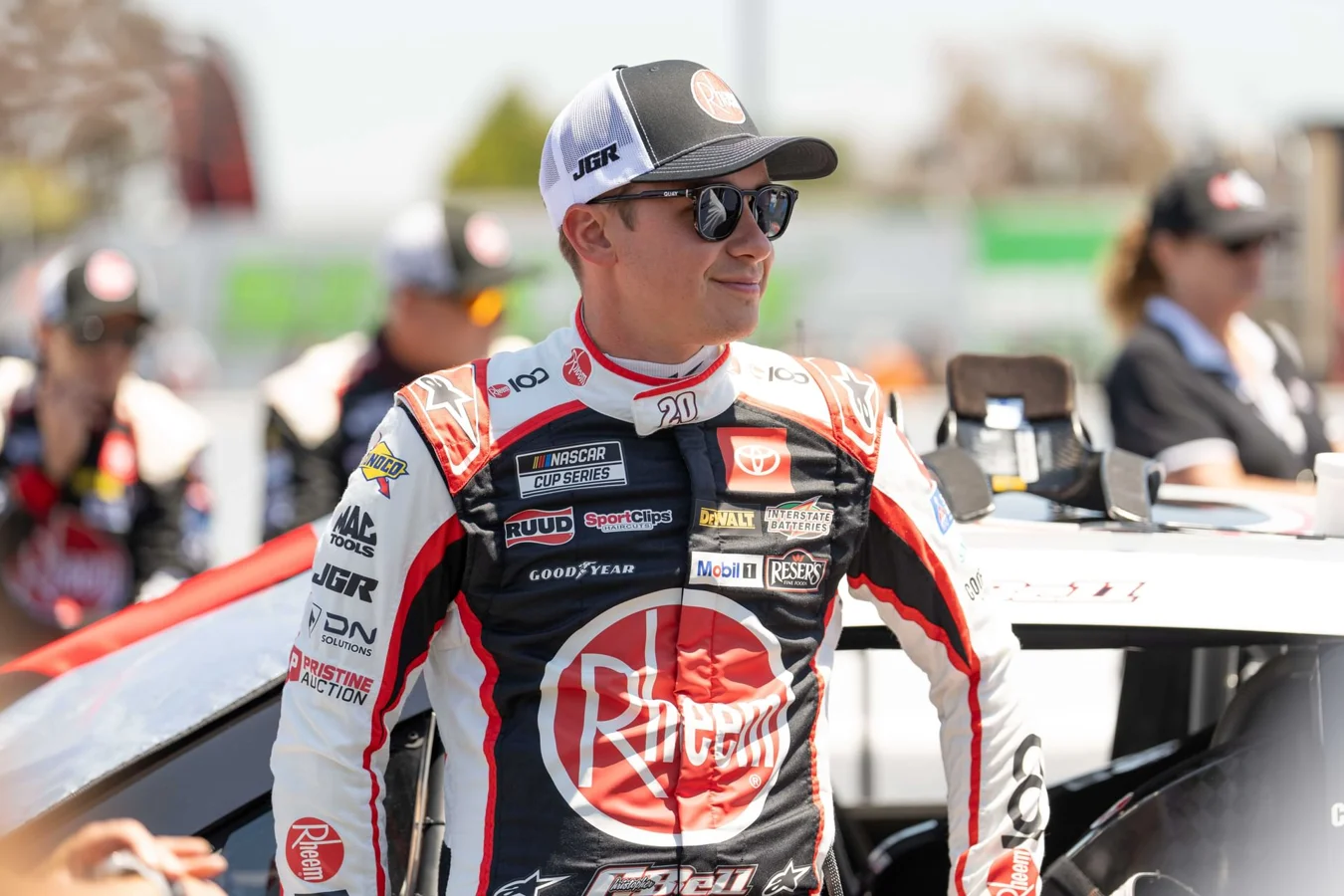Christopher Bell’s Watkins Glen race result brought mixed emotions as Shane van Gisbergen secured a commanding victory on Sunday, leaving Bell to settle for second place at the famed New York circuit. While Bell found satisfaction in the rhythm and execution his team demonstrated, he openly expressed frustration over van Gisbergen’s dominant performance, which left the rest of the field—including Bell himself—seeking answers heading into the season’s final stretch.
Shane van Gisbergen’s Run Leaves Rivals Searching for Answers
Expectations were high before the Go Bowling at The Glen, especially after Team Penske Racing’s Ryan Blaney clinched pole position. Many anticipated a challenge to Shane van Gisbergen’s exceptional record on road courses, hoping Blaney or other contenders might finally end the Kiwi driver’s reign on such layouts. Instead, the race saw van Gisbergen not only live up to his reputation but use that pressure as extra fuel, ultimately outpacing the competition by over eleven seconds. For van Gisbergen, the victory marked a comeback from his previous struggles at Watkins Glen and helped erase the sting of his recent defeat to Conor Zilisch in the Xfinity Series, where he was involved in a late-race incident.
Meanwhile, Christopher Bell—one of only two drivers to claim a road course win this season besides van Gisbergen—looked to mount a meaningful challenge. In post-race comments, Bell reflected on the duality of his feelings: pleased with his team’s improved execution but acutely aware of the sizable gap van Gisbergen maintained throughout the day.
Happy, yeah. I’m thrilled. We’ve been struggling a little bit to find a rhythm. I feel like the car has been good, but executing the races has been tough for us. Really awesome to have a good day.
—Christopher Bell, via Motorsports.com
While Bell’s comments reflected genuine happiness with his team’s performance, the day’s events left him and his fellow contenders facing another humbling result at the hands of the 88 car. Despite the disappointment, Bell credited his team with providing a competitive toyota/”>Toyota Camry and executing a solid strategy that could fuel their momentum with the playoffs just two races away.
Frustrated to get our butts kicked by the 88 car [SVG]. He’s doing a really good job. That team has it going on. We need to find a little bit more, but certainly happy. It was a good day for Camry.
—Christopher Bell
Overcoming Obstacles to Finish Second
Securing the runner-up position was far from a simple task for Bell. Chris Buescher, piloting the No. 17 ford/”>Ford Mustang for RFK Racing, mounted a strong challenge that forced Bell to adapt and fight for every advantage. One significant issue was the notorious “dirty air” encountered on road courses, which makes it difficult for trailing cars to keep pace with the leaders. As Bell worked to close the gap to Buescher, he described the sensation of losing grip due to hot air disturbing both the car’s performance and even the airflow inside his helmet.
I wanted to get to [Buescher] for sure. Dirty air… dirty air is so bad. You can close the gap and once you get to two car lengths back, you can just feel the hot air – even the air that is going through your helmet. It gets hot, the brakes get hot, you lose grip and you stall out.
—Christopher Bell
The absence of late-race caution periods, a typical hallmark of events at Watkins Glen, allowed the race to stretch out and forced Bell to rely entirely on his car’s natural speed. Eventually, Bell managed to find enough pace to break through the turbulent air, but admits the process was longer than he would have liked—which contributed to van Gisbergen’s ever-widening margin out front.
I was moving pretty good so I was content with no yellows and just letting it run green. Thankfully, I had enough pace so I could break through that bubble and get by him. It took a little bit longer than I wanted to.
—Christopher Bell
Bell’s success in overtaking Buescher solidified his second-place finish, preventing further losses in points and providing some positive momentum for Joe Gibbs Racing entering the playoff phase. The outcome highlights the challenge all competitors now face in closing the gap to van Gisbergen, whose road course strength has redefined the standards at the front of the field.
Looking Ahead to the Playoffs
The latest results underline just how formidable the No. 88 Chevy and Shane van Gisbergen have become on road courses this season. As the series approaches its final non-oval race—scheduled for the playoffs—Bell and his team know that overcoming SVG’s dominance is essential if they hope to contend for the championship. With two events left before the postseason, the lessons drawn from Watkins Glen will drive innovations, adjustments, and perhaps fresh strategies as Bell, Buescher, Blaney, and the rest of the field seek to break through the current road course hierarchy. Attention will also be on whether other top rivals, including previous event winners and drivers like Michael McDowell and Conor Zilisch, can rise to the challenge when the stakes are at their peak.
With Christopher Bell’s Watkins Glen race result sparking passion and determination across the garage, fans can expect an intense finish to the regular season and a playoff battle where van Gisbergen’s road course mastery casts a long shadow over the competition.
